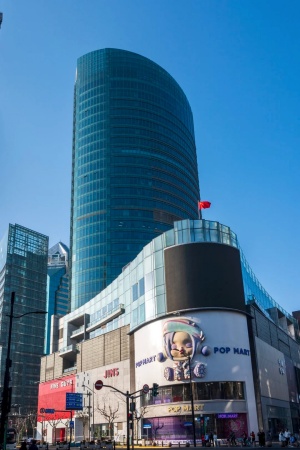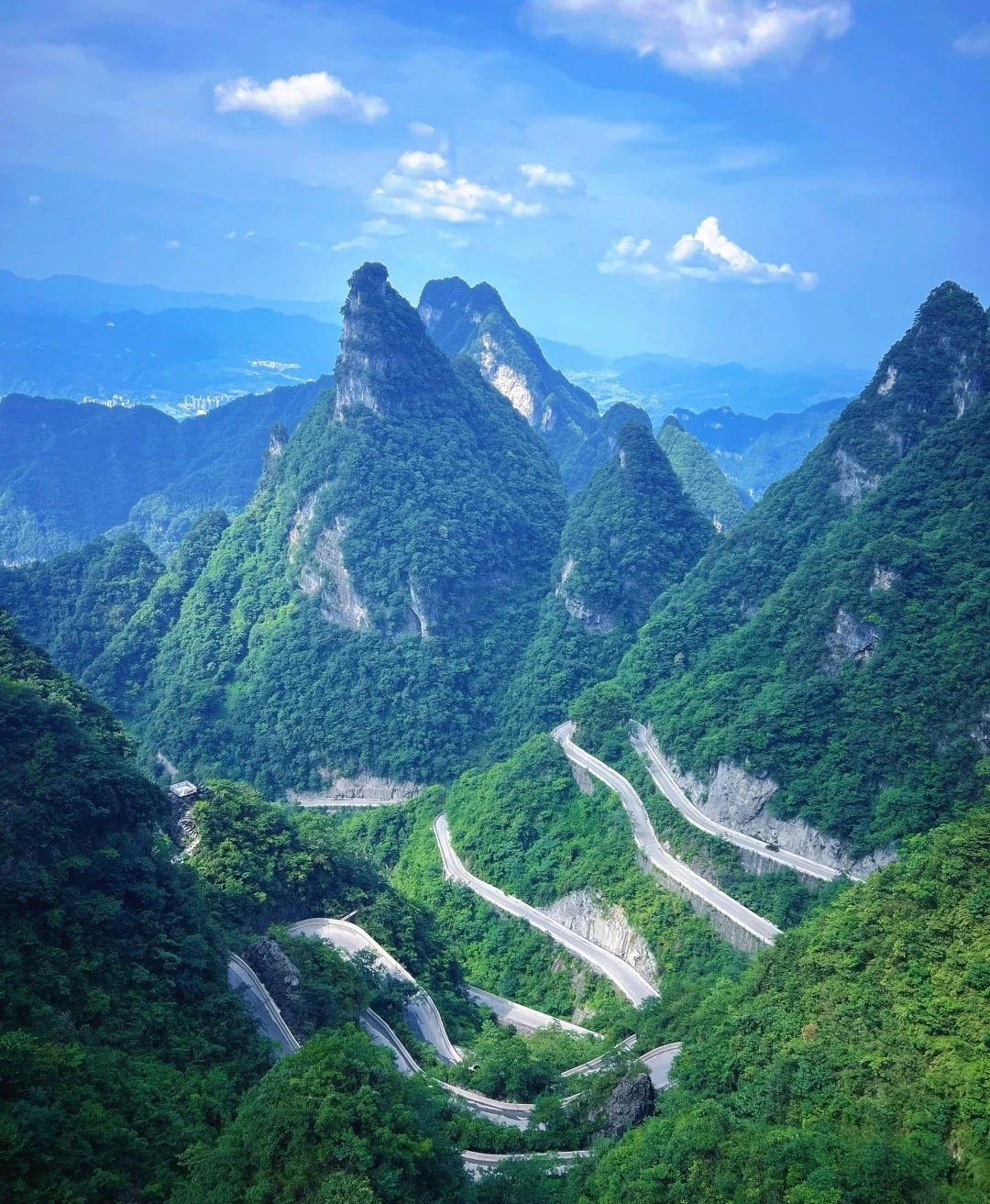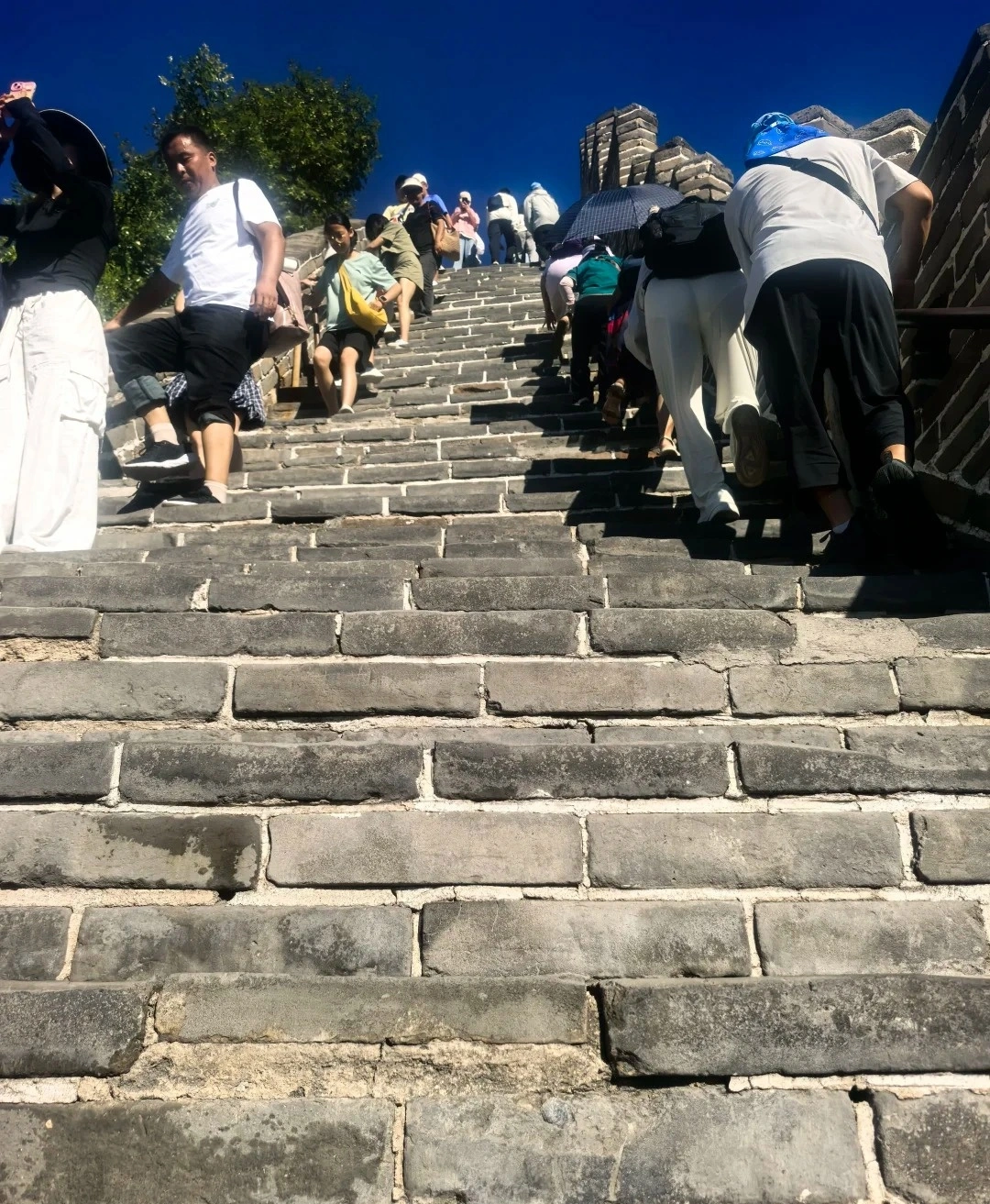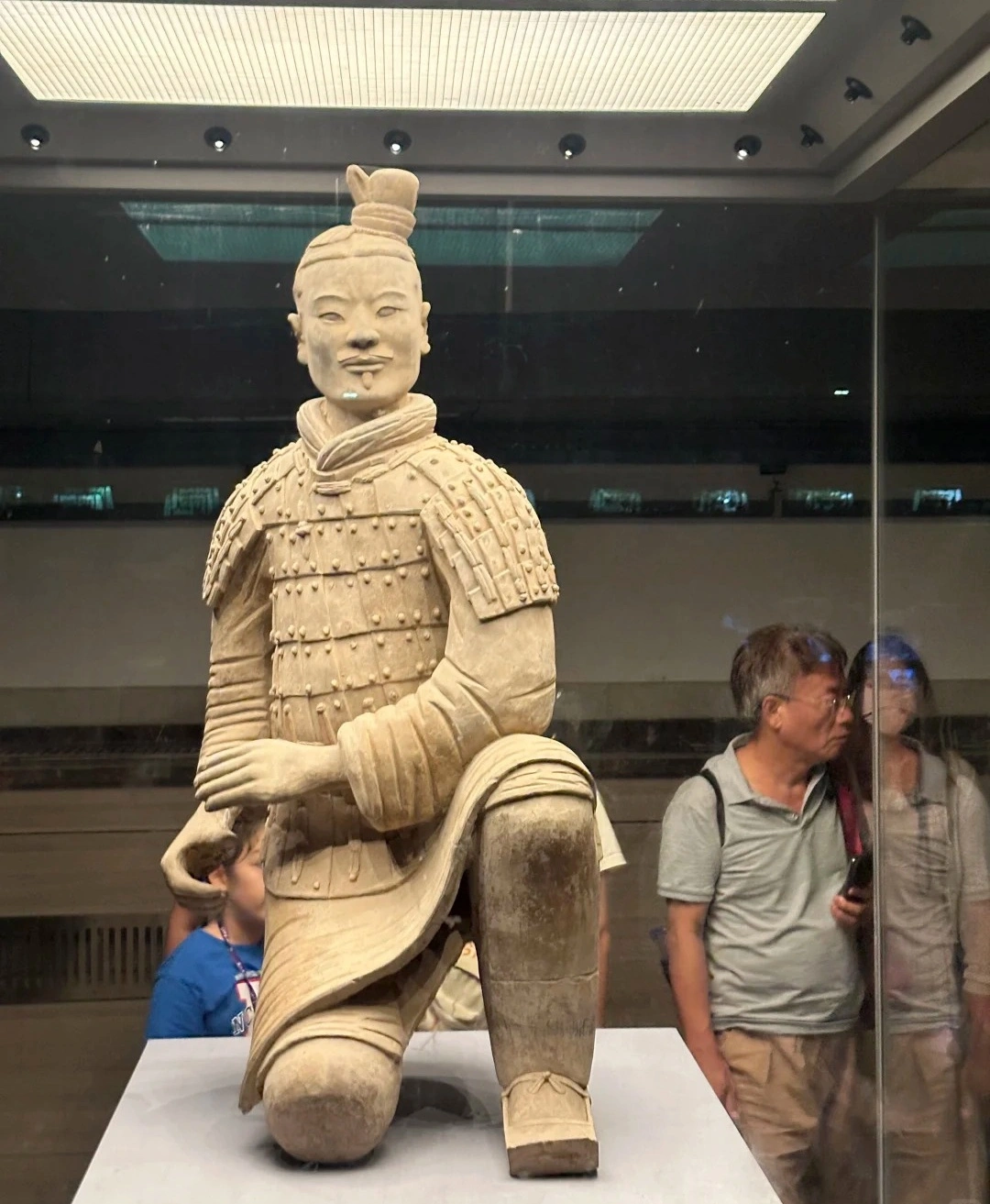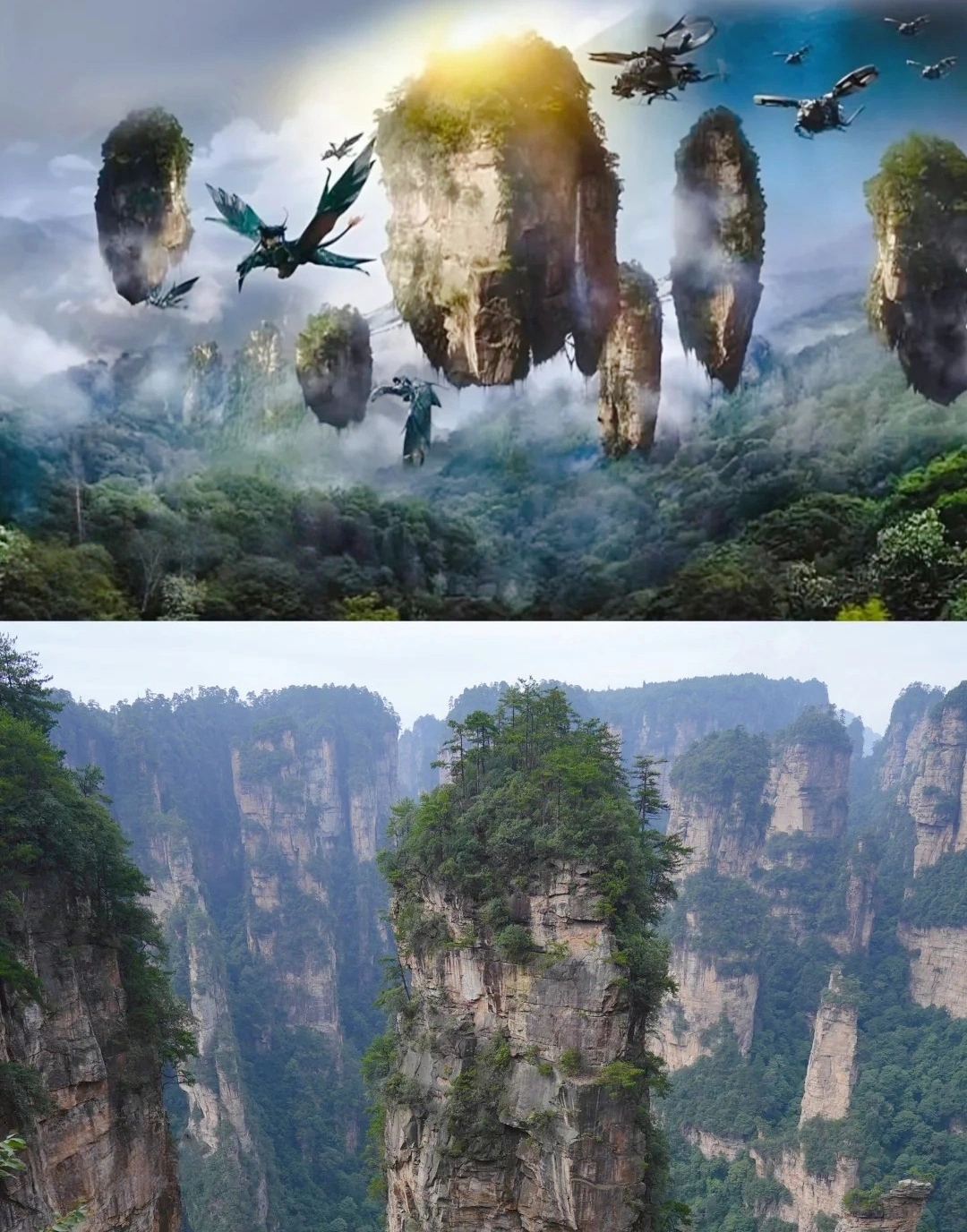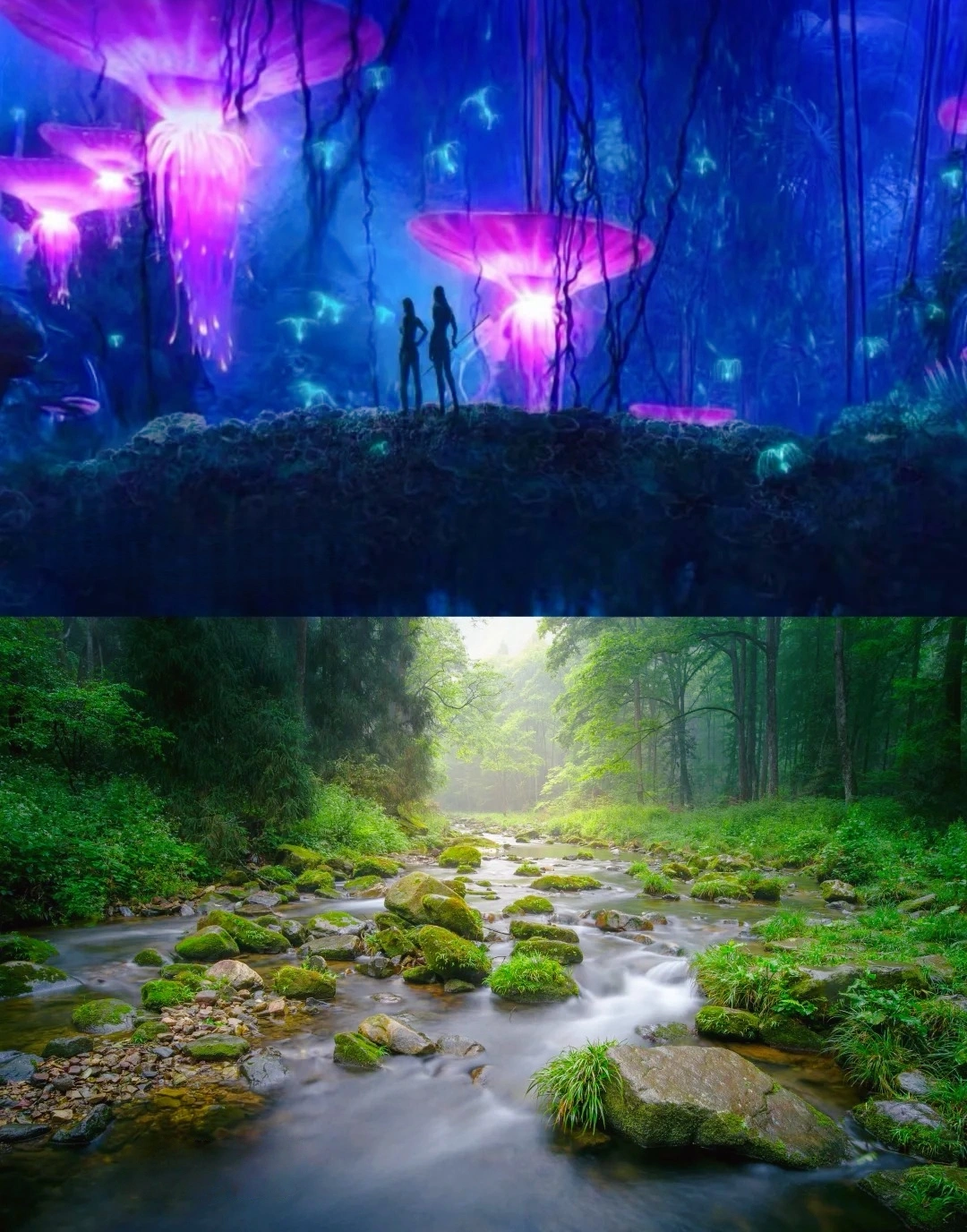Shen Garden
Historical Overview
The garden was established in 1078 by Shen Guo, a scholar-official, as a private retreat. Its turning point came in 1151 when Lu You, a renowned poet, revisited the garden and encountered Tang Wan, his first wife who had been forced to remarry. Their tragic reunion inspired Lu’s poem Chai Tou Feng, inscribed on a stele here in 1199. The garden underwent major renovations during the Qing Dynasty (18th century), adding Ming-style architecture. In 1985, it was reconstructed to its Southern Song appearance, becoming a symbol of enduring love in Chinese culture.
Garden Layout
The garden follows a "one pond, two towers, three pavilions" layout:
- Lotus Pond: Central water feature with floating lotuses and carp, flanked by willow trees.
- Ci Pai Bei (Poetry Stele): A 2m-tall stone stele inscribed with Lu You and Tang Wan’s poems.
- Mingxing Pavilion: Hexagonal wooden pavilion offering views of the pond.
- Qingyin Pavilion: A teahouse near the garden’s entrance, serving Shaoxing yellow wine.
- Shuangyue Pavilion: Site of Lu You and Tang Wan’s reunion, featuring a bronze statue of the couple.
Major Attractions
- Ci Pai Bei: The garden’s centerpiece, displaying Lu You’s Chai Tou Feng and Tang Wan’s responding poem.
- Lotus Pond: Seasonal blooms (June–August) with nightly lotus-viewing events.
- Shuangyue Pavilion: Scenes from the lovers’ reunion reenacted daily by actors.
- Ancient Well: A 1,200-year-old well with clear spring water, still used for tea brewing.
- Bamboo Grove: A pathway lined with 300-year-old black bamboo, ideal for photography.
Cultural Significance
Shen Garden is synonymous with Lu You and Tang Wan’s love story, immortalized in Chinese Literature. Their poems, inscribed on the Ci Pai Bei, are required readings in Chinese schools. The garden also hosts the annual "China Poetry Festival," attracting scholars and poets worldwide. In 2010, it was featured in the film The Love of Tang Wan, starring Zhou Xun.
Suggested Itineraries
-
Classic Romance Tour (1.5 hours):
Entrance → Qingyin Pavilion (tea tasting) → Lotus Pond → Ci Pai Bei → Shuangyue Pavilion → Exit
Highlights: Poetry stele and lovers’ pavilion. -
Cultural Deep Dive (3 hours):
Entrance → Ancient Well → Bamboo Grove → Lotus Pond → Ci Pai Bei → Shuangyue Pavilion (reenactment) → Mingxing Pavilion
Includes: tea ceremony and literary history. -
Photography & Poetry Tour (Full Day):
Early Morning: Bamboo Grove (sunrise) → Lotus Pond → Ci Pai Bei → Afternoon: Shaoxing Yellow Wine Workshop → Evening: Night Lotus Viewing
Best for: Photographers and literature enthusiasts.
Ticket Purchase
- Standard Ticket: ¥40 (peak season Apr–Oct), ¥30 (off-season Nov–Mar). Includes garden entry and poetry stele.
- Combo Ticket: ¥60 (includes tea tasting, stele rubbing, and Shaoxing wine sample).
- Online Booking: Available via WeChat mini-program "Shaoxing Cultural Tourism" up to 7 days in advance.
- High-Speed Rail: Hangzhou/Shanghai → Shaoxing North Station (1hr), then taxi (15min).
- Public Transit: Shaoxing City Bus #88 → Shen Garden Stop (20min from downtown).
- Self-Drive: Hangzhou → Shaoxing (1.5hr via G92 Hangzhou Bay Ring Expressway).
Best Time & Tips
- Optimal Seasons: June–August (lotus blooms), October–November (autumn foliage).
- Avoid Crowds: Arrive before 9 AM; weekends see 50% more visitors.
- Essentials:
- Insect repellent (summer months).
- Calligraphy set for stele rubbing (available at gift shop).
- Cash for street vendors (some accept mobile payment).
- Prohibitions: No feeding carp; tripods require garden approval.
Contact Us
What Our Clients Say?
Based on 10,000+ traveler reviews
